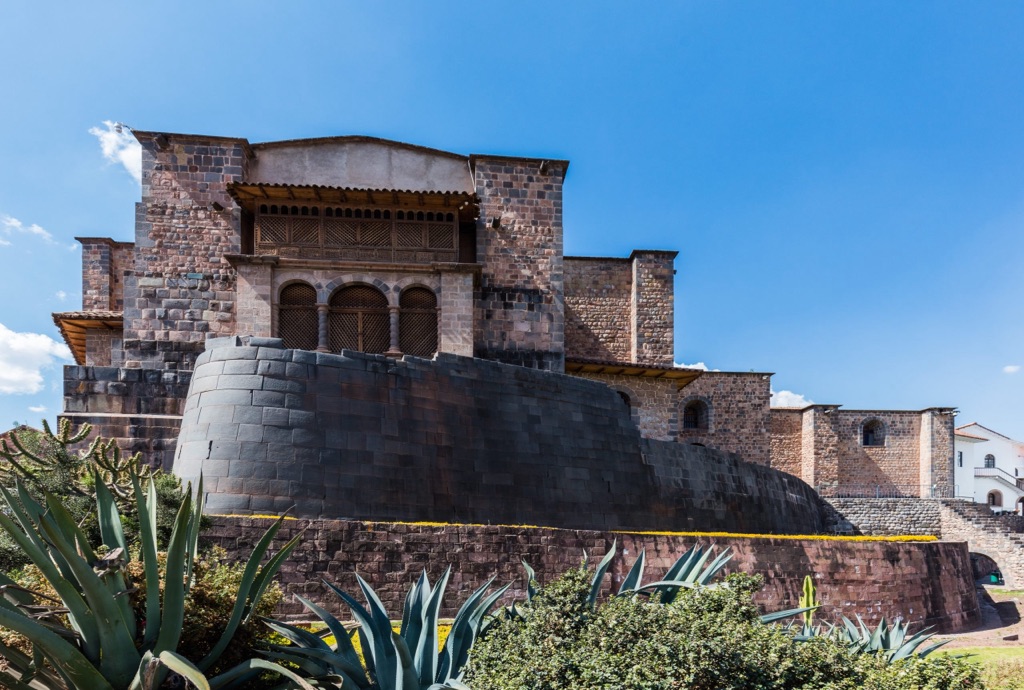Summary
Historical Significance of Coricancha
A beacon of ancient Andean culture, Coricancha stands as a testament to Inca craftsmanship. Nestled in the heart of Cusco, Peru, this former golden temple once gleamed with the wealth of the Inca civilization. Historical accounts recall walls lined with sheets of pure gold, encapsulating statues of Inca deities. Coricancha, meaning “golden enclosure” in Quechua, was a spiritual and political hub. It was dedicated to the Sun God Inti, revered by the Incas. The Spanish conquest led to significant transformations, with a Catholic convent later built atop its ruins. Nonetheless, Coricancha remains a powerful emblem of resistance and resilience, preserving Inca history behind its colonial façade.
Get your dose of History via Email
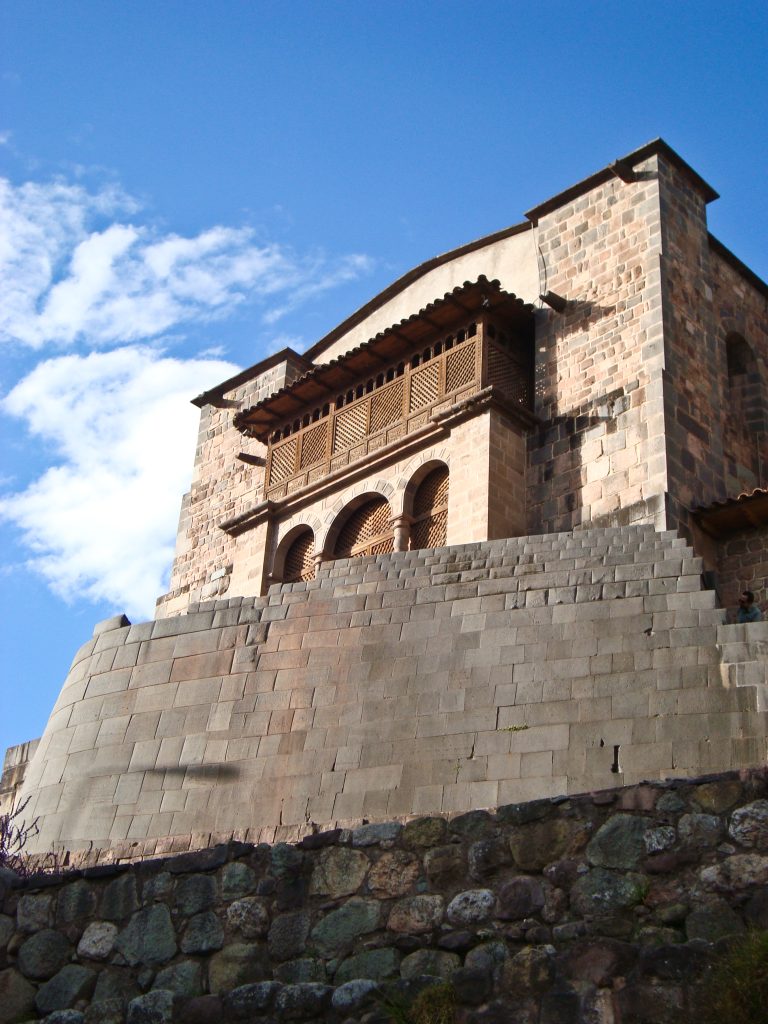
Architectural Mastery of Coricancha
The architecture of Coricancha reflects the Inca’s sophisticated engineering skills. The site’s design boasts precision-cut stones fitting together without mortar. This construction technique ensured formidable stability against earthquakes, common in the region. These architectural innovations highlight the Incas’ deep understanding of their environment. Today, visitors marvel at the remnants of Coricancha’s stone enclosures. They showcase the seamless blend of Inca and colonial influences. Adjacent to the Santo Domingo church, the complex serves as a living museum. It honors an architectural legacy that has withstood the test of time and conquest.
Coricancha’s Role in Cultural Identity
Coricancha is more than an archaeological site; it’s a cultural symbol for the Andean people. It provides heartfelt connections to their ancestral past. For the contemporary indigenous population, Coricancha is a bastion of their living culture and spirituality. It plays a vital role in festivals like Inti Raymi, the Festival of the Sun. This site often becomes a focal point for cultural reenactments and celebrations. Through these events, Coricancha continues to foster a deep sense of identity. It connects present and past generations. As Peru’s tourism flourishes, Coricancha draws global attention to the rich history and enduring spirit of the Andean civilizations.
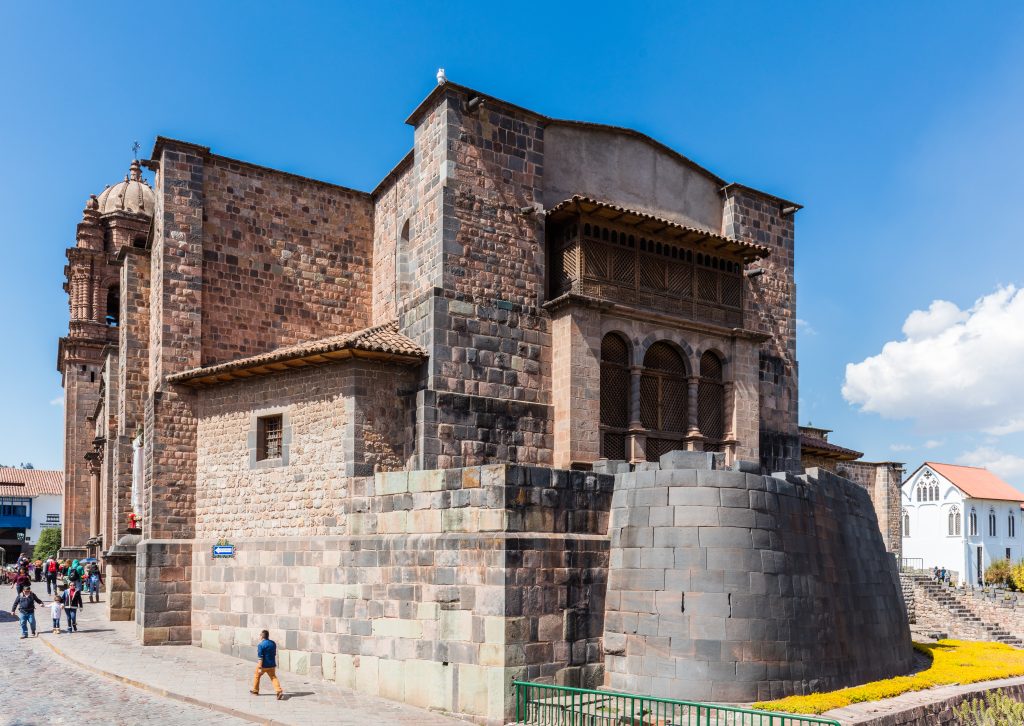
Historical Background of Coricancha
The Incan Empire’s Sun Temple
Coricancha, the Sun Temple of the Incan Empire, was once a shrine to the heavens. Situated in the Andean city of Cusco, it was at the center of Incan religion and astronomy. The walls were clad in gold, reflecting the sun’s rays and earning its name, meaning ‘Court of Gold’. As the empire’s wealthiest temple, it showcased sculptures bathed in precious metals. This grandeur illustrated the Incas’ devotion to their deity, Inti, the sun god. Here, the history of pre-Columbian America unfolds in the remnants of this sacred site. The temple continues to inform us of the Incan civilization’s grandiosity.
Spanish Conquest and Transformation
The arrival of Spanish conquerors marked a dramatic shift for Coricancha. Plundered for its riches, the golden sheen gave way to colonial architecture. Religious syncretism took physical form as the Convent of Santo Domingo rose atop the Incan foundations. While the conquerors aimed to efface Incan beliefs, the surviving structure resisted, both symbolically and architecturally. The interplay of the Andean stonework with European designs speaks vividly of a tumultuous past. Yet, it resonates with a culture that refuses to be silenced or forgotten.
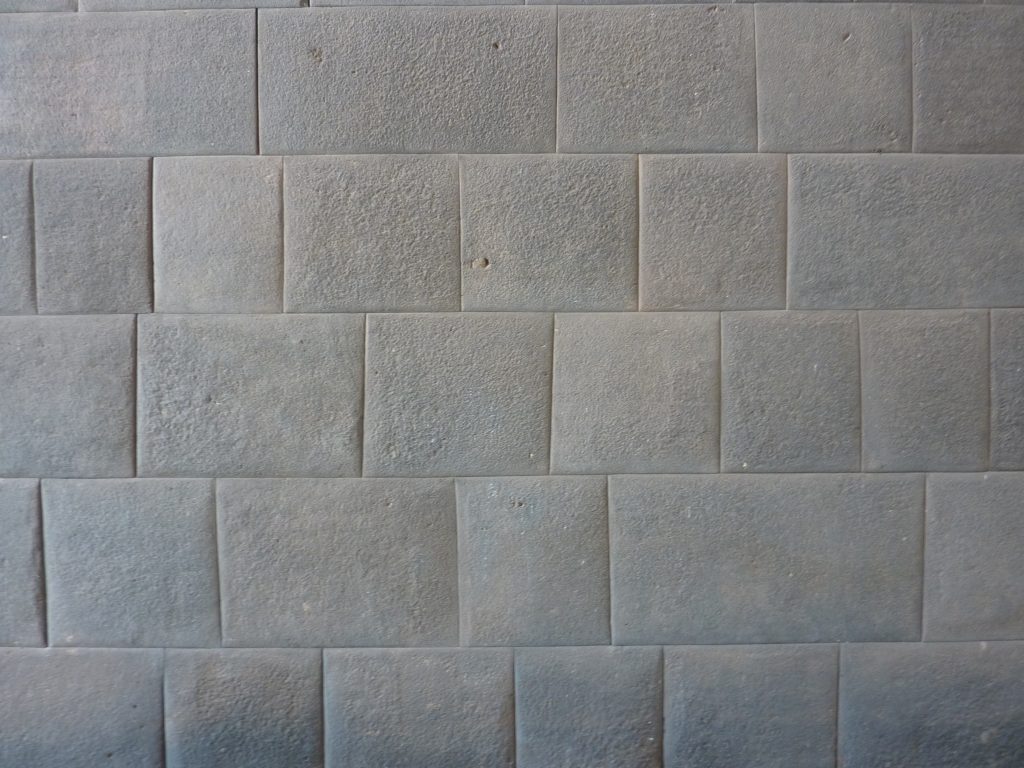
Enduring Incan Craftsmanship
The Incan engineering marvel that is Coricancha endures in Cusco’s urban landscape. Its stone walls stand testament to a masterful understanding of masonry. The Incas’ skilled stonework, designed to withstand the region’s frequent earthquakes, exhibits an exceptional harmony with nature. Their technique of cutting and fitting stones without mortar remains impressive by modern standards. Visitors and historians alike draw insights from the craftsmanship. They learn how the Incas lived in symbiosis with their environment.
Coricancha’s design was more than a showcase of grandeur and finesse. It served as an astronomical observatory, tracking celestial bodies through its alignment with the solstices. This intelligence rooted the Incas’ agricultural calendar, vital to their survival and prosperity. The alignments of Coricancha’s structures reflect the Incas’ deep connection with the cosmos. It embodies the sophistication of their knowledge and their spiritual worldview.
Today, Coricancha extends beyond an archaeological jewel. It stands as a cultural conduit between the past and present indigenous communities. The temple’s remains ignite the imagination, bringing to life the stories of the Incan Empire. Locals and visitors alike find in Coricancha a place for reflection on resilience amid conquest. The temple silently narrates a history of endurance, ingenuity, and adaptation. With every stone, it tells a story of a civilization that has forever shaped the cultural landscape of the Andes.
The Discovery of Coricancha
Initial Encounters by the Spanish
Upon entering Cusco in the 16th century, Spanish conquistadors first beheld Coricancha’s splendor. At the height of the Inca Empire, the temple was resplendent with gold. The Spaniards documented its unparalleled beauty in their chronicles. This cemented Coricancha’s status in history before its riches were stripped in the quest for wealth. The opulence on display thoroughly captivated the Spanish, propelling them to recount tales of its gold-lined walls far and wide.
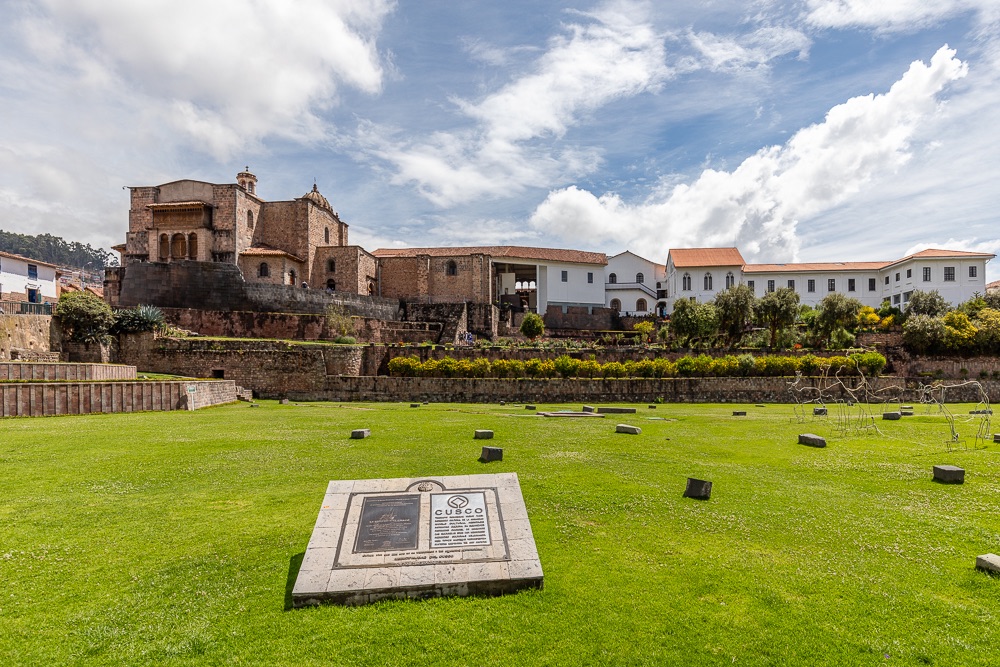
Coricancha’s Gold Enigma
One of the most tantalizing legends revolved around the gold that adorned Coricancha. When Francisco Pizarro and his men arrived, they found the temple shining with the precious metal. This gold story fueled many expeditions to uncover the wealth supposedly hidden by the Incas. Yet, what the gold symbolized — the Inca’s reverence for their sun god — became overshadowed by the glitter of the conquistadors’ greed. Over time, Coricancha’s true treasure — its cultural heritage — began to emerge as its most valuable asset.
Archaeological Rediscovery in Modern Times
It wasn’t until the archaeological endeavors of the 20th century that Coricancha’s significance as a historical site was reborn. Excavations led by pioneers in Andean archaeology revealed the foundations of Coricancha underneath the Santo Domingo convent. This rediscovery shed light on the Incas’ advanced architectural techniques, proving again its worth as a testament of a once-mighty empire. With every uncovered stone, Coricancha’s past was pieced together, drawing keen interest from the global scholarly community.
As the study of Coricancha expanded, historians and archaeologists pieced together its role within the Inca cosmos. They examined how the Incas used the temple as an observatory, connecting their calendar and rituals to the movement of celestial bodies. This revelation was key in understanding the Inca’s advanced knowledge of astronomy and timekeeping. Furthermore, this discovery helped decipher the seasonal festivals still celebrated in the Andean highlands.
Today, Coricancha stands as a symbol of discovery. It invites visitors to explore the depth of Inca history and culture. Through a blend of original Inca stonework and colonial additions, it narrates a multidimensional story. From lost gold to rediscovered glory, Qoricancha’s past continues to attract and fascinate those who wish to delve into the history of the Americas. Its ever-unfolding story remains an enduring legacy of Peru’s rich cultural tapestry.

Cultural Significance, Dating methods, Theories and Interpretations
Heart of the Inca World
Coricancha lies at the core of Incan mythology and daily life. Known as the ‘Temple of the Sun’, it was once the most sacred of all Inca temples. Here, the Incas worshipped Inti, their sun god, and converged for important religious ceremonies. The temple’s geographic location in Cusco, said to be the birthplace of the Inca people, further underpins its cultural weight. As such, Coricancha remains a vital link to understanding Incan spirituality and their view of the cosmos.
Chronology through Carbon Dating
Dating Coricancha’s construction has largely relied on carbon dating and historical texts. These methods put the temple’s origin in the early 1400s, during the reign of Pachacuti Inca Yupanqui. Carbon-dating of organic materials found at the site corroborates the written records, lending a precision to our understanding of when Coricancha stood as a central figure in the Incan empire. This timeline has been essential in piecing together the rise and expansion of Inca influence across South America.
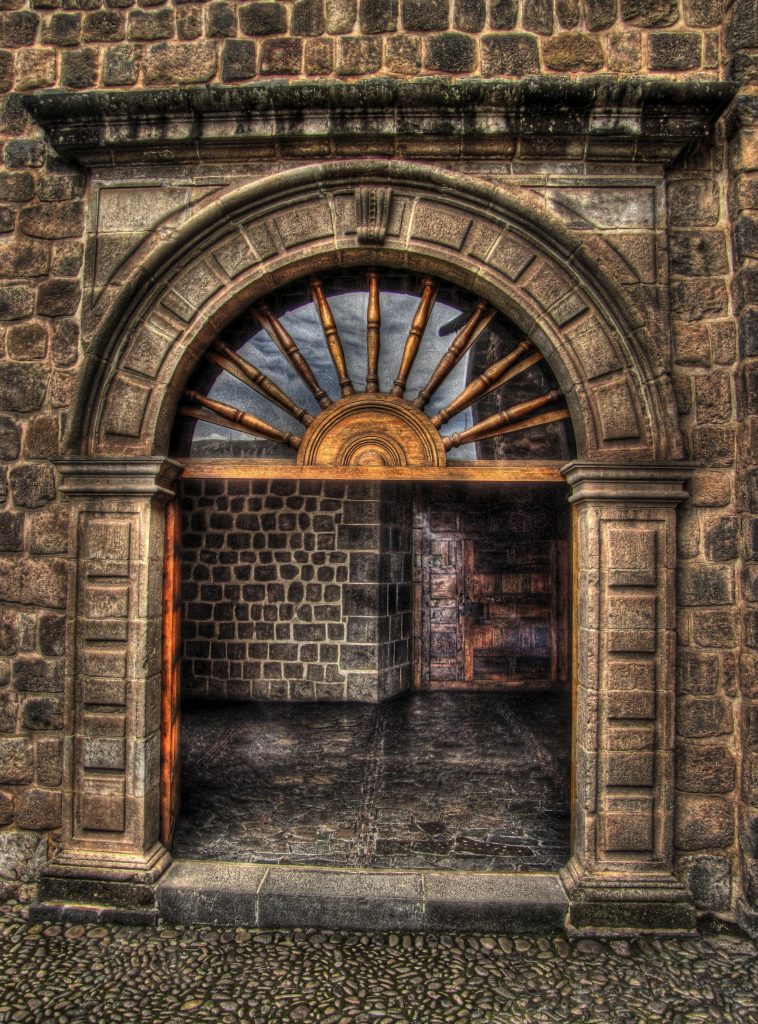
Interpreting Coricancha’s Symbolism
The exact meanings and uses of Coricancha’s spaces and architecture continue to spawn theories. Some suggest the temple was a physical manifestation of Inca cosmology, its placement and alignment imbued with astronomical import. The temple served as an observatory, aligning with the sun’s position at solstices and equinoxes. Others read its architecture as a political statement, demonstrating the Incan ruler’s divine authority. Interpretations continue to evolve as new evidence comes to light, adding depth to our understanding of Coricancha’s multifaceted role in Inca society.
Theories on Coricancha’s religious significance suggest it was not only a temple but also a mausoleum for Inca nobility. The mummified remains of past rulers were kept here, further emphasizing the temple’s deep spiritual resonance. This practice would have solidified the connection between the living ruler and their divine ancestors, anchoring their legitimacy to rule. The blend of political power and religious veneration at Coricancha underlines the sophistication of Incan societal structures.
Today, Coricancha’s impact extends into contemporary culture and identity. For the indigenous Andean population, it represents a tangible connection to their ancestors and traditions. The site continues to be a focal point for celebrations and indigenous festivals, which draw from Inca heritage. With each passing year, Coricancha’s legacy is reinterpreted and reinvigorated, proving its unending cultural relevance to Peru and the world at large.
Conclusion and Sources
In conclusion, Coricancha’s profound impact on history, culture, and modern identity is undeniable. As a symbol of Inca engineering, religious devotion, and the cultural upheavals of the Spanish conquest, it holds a unique place in the narrative of the Americas. Investigations into Coricancha’s purpose and significance continue, with each discovery adding to our comprehension of this complex and captivating historical site. Whether through its alignment with celestial events, its storied walls that witnessed the ebb and flow of an empire, or its present-day role in reconnecting people with their heritage, Coricancha offers a window into the past that enriches our understanding of human civilization.
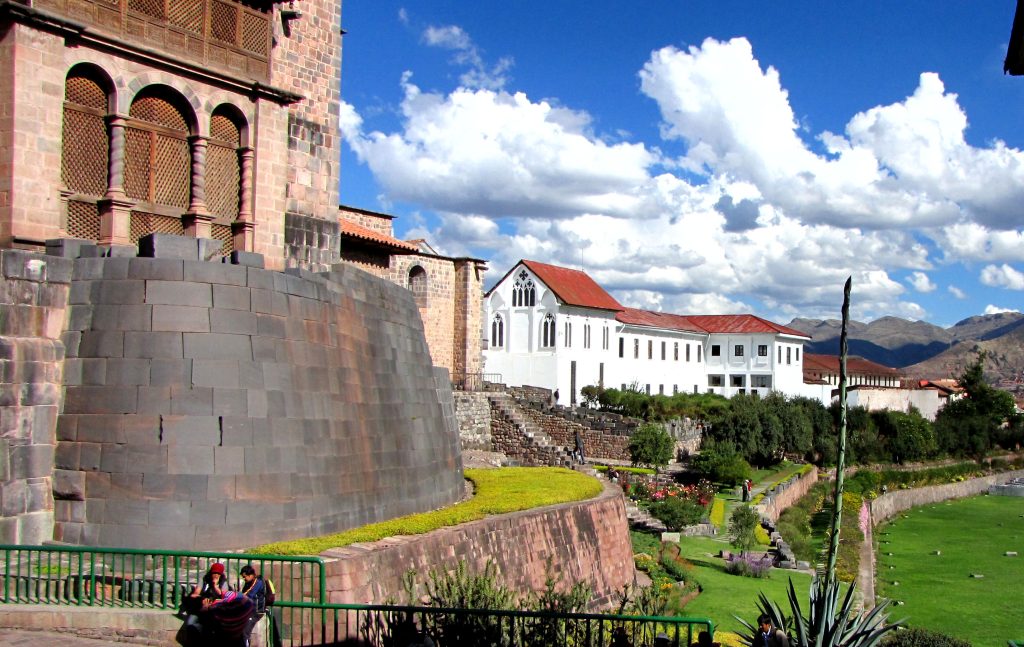
For further reading and to validate the information presented in this article, the following sources are recommended:
Or you can check any of these reputable archaeological and historical texts:
Bauer, B. S., & Dearborn, D. S. P. (1995). Astronomy and Empire in the Ancient Andes: The Cultural Origins of Inca Sky Watching. Austin: University of Texas Press.
Dearborn, D. S. P., & Seddon, M. T. (1993). “The ‘sanctuary’ of Titicaca: where the sun returns to earth”. Latin American Antiquity, 4(2), 169-182.
Zuidema, R. T. (1982). Myth and History in Ancient Peru. In G. Urton (Ed.), The Social Life of Numbers: A Quechua Ontology of Numbers and Philosophy of Arithmetic (pp. 231-252). Austin: University of Texas Press.
Conrad, G. W., & Demarest, A. A. (1984). Religion and Empire: The Dynamics of Aztec and Inca Expansionism. Cambridge: Cambridge University Press.
Hemming, J. (1970). The Conquest of the Incas. London: Macmillan.

